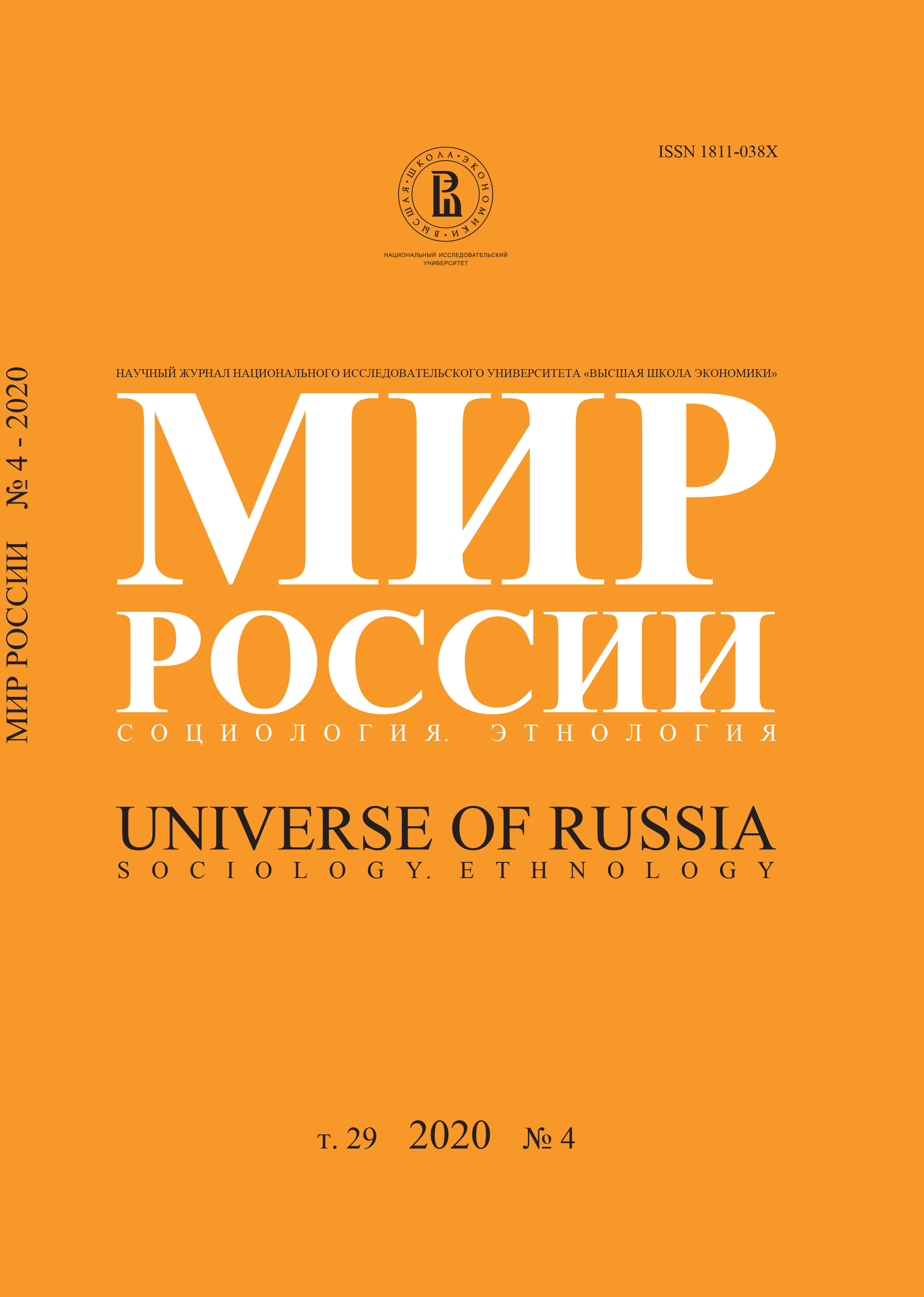Lenin’s Theory of Socialist Revolution
Abstract
Citation: Lane D. (2020) Lenin’s Theory of Socialist Revolution. Mir Rossii, vol. 29, no 4, pp. 112–133 (in Russian). DOI: 10.17323/1811-038X-2020-29-4-112-133
Lenin shifted Marx’s analysis of capitalism from the advanced capitalist economies to the developing world, Russia being an iconic example. Lenin’s theory of socialist revolution
was a synthesis of three convergent developments: the uneven development of capitalism; a praxis of political leadership and mobilization; the imperialist stage of capitalism.
He cemented Marx’s systemic economic contradictions to class contradictions. The socialist revolution in the East was linked to the hegemony of capitalism in the West which, in his view, had moved the major contradictions of capitalism to the semi-periphery. Lenin went beyond Marx and Engels by combining political economy, geo-politics and a sociology of social
structure, elements which constituted an innovative revolutionary strategy, a revolutionary praxis. Lenin transferred attention from the systemic contradictions of capitalism to social
class contradictions; a sociological critique was added to Marx’s economic analysis. The uneven development of capitalism gave rise to an alliance between the working class and the poor peasants to forge a socialist revolution as the vanguard of a wider revolutionary upsurge precipitated by the First World War. Imperialism created conditions for the exploitation of people in dependent countries to the advantage of those in advanced countries. Imperial wars, Lenin contended, transformed the consciousness of the Western working class. The contradictions led to capitalism falling first in the dependent semi-peripheral countries. Lenin shifted Marx’s assumption that socialist revolution would occur in the most advanced countries to those constituting the ‘weakest links’. Lenin developed political praxis: the political movement, strategy and social basis required to bring about both bourgeois and socialist revolutions. The conclusions of the paper are that Lenin was correct in his appraisal of the social forces, in Russia, in support of a bourgeois revolution but he underestimated the adverse disposition of poor peasants to a socialist revolution. A ‘party of a new type’ with a democratic form of policy making and centralized organization and control was correct as a vanguard coordinating force to achieve the October Revolution. His analysis of imperialism correctly identified weaknesses in the capitalist world system which led to socialist and national-democratic revolutions in the developing post-colonial world. The disorganization caused by the First World War was a decisive factor. However, he provided an incomplete and erroneous analysis of advanced imperial capitalism where economic development has progressed, class social integration and political compromise have been much higher, and system dislocation much less, than he anticipated. The October Revolution did not have the revolutionary global consequences that he anticipated.






